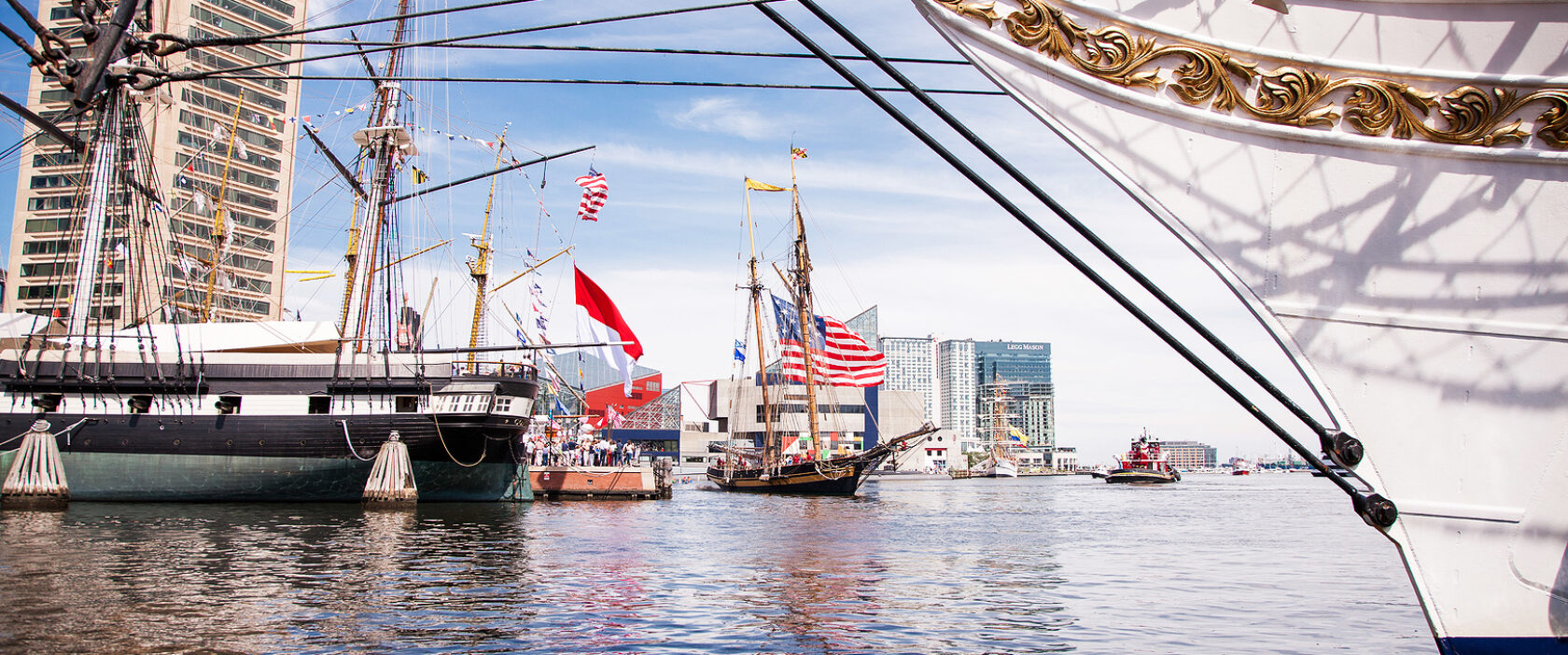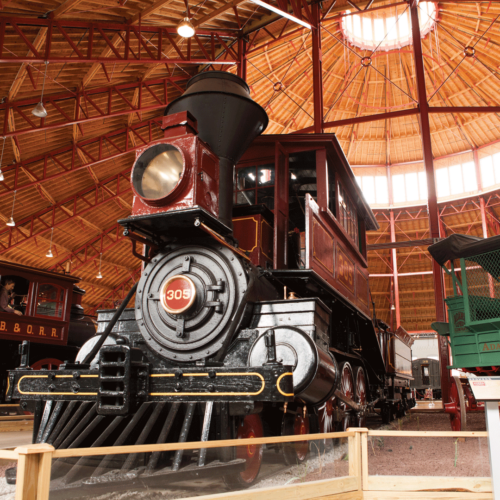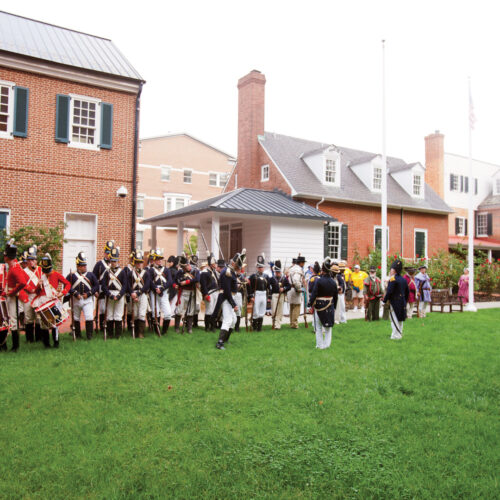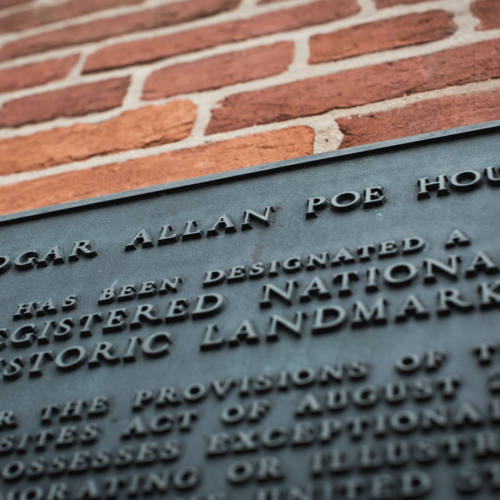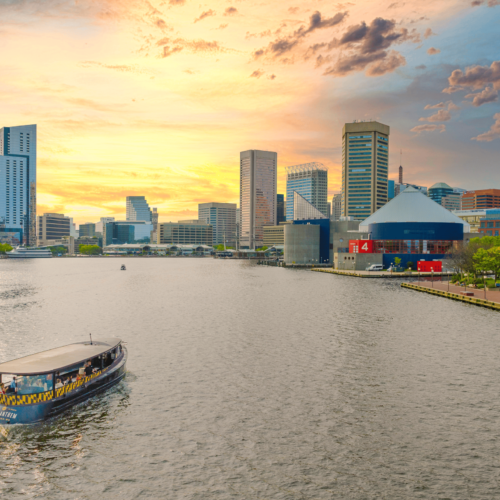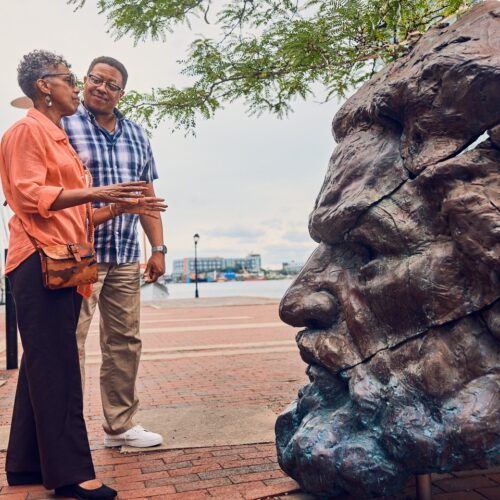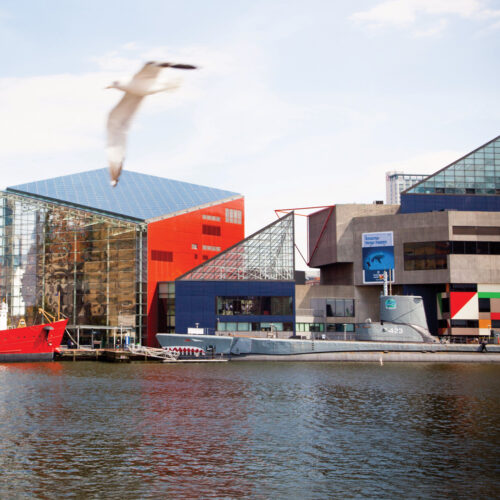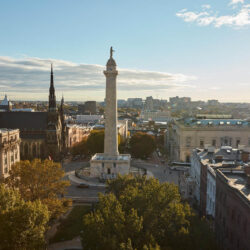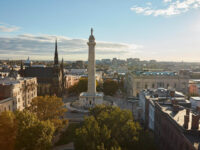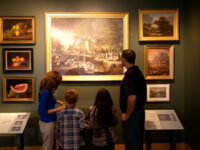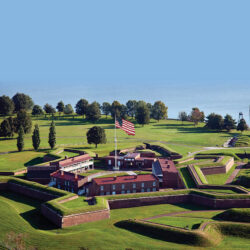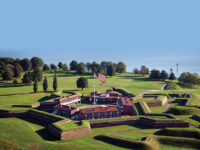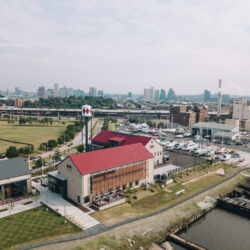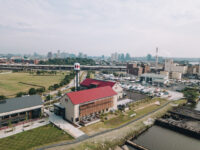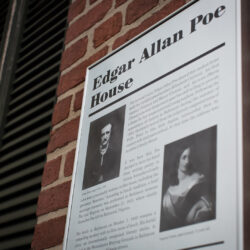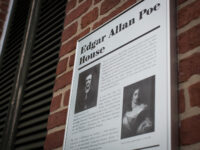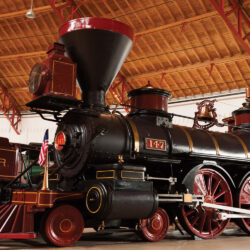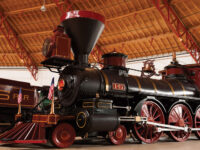Climb Aboard Historic Ships in Baltimore
Learn about life at sea and the history of these four historic ships and lighthouse.
Baltimore’s Inner Harbor is home to several historic ships (and one lighthouse) that serve as floating museums celebrating the city’s maritime heritage. Board these majestic vessels to learn about their contributions to history—from daring rescues to battling illegal slave trade, surviving hurricanes and providing aid to those in need. Walk the decks and learn about life at sea with guided tours, educational offerings and even overnight programs.
USS Constellation
History
The USS Constellation, constructed in 1854, is a sloop-of-war and the last all-sail warship built by the Navy, and the last Civil War-era ship afloat. She was part of the African Squadron, intercepting slave ships and rescuing more than 3,700 men, women and children.
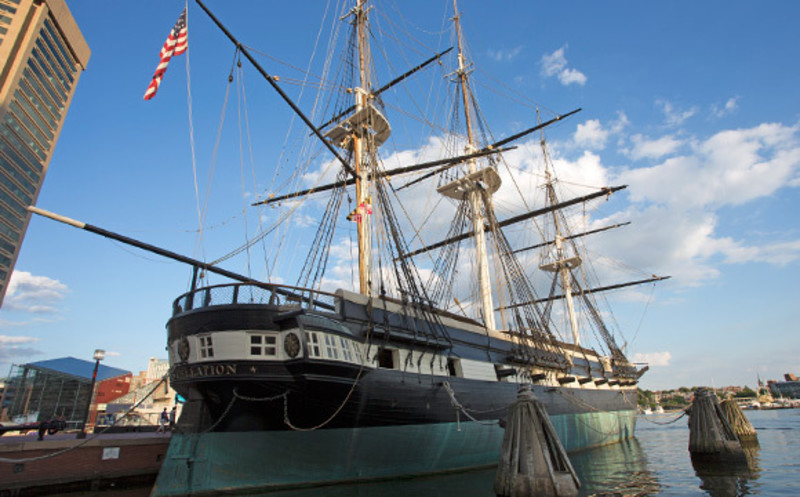
Fun Facts
- This is the second of three United States Navy ships to carry the name Constellation.
- She is about 47% original. With the innovative process her 1996-1999 restoration yielded, much of the original material in the lower two decks of the ship were preserved.
- At the request of then-acting Secretary of the Navy Franklin D. Roosevelt, she was temporarily restored to her 1814 appearance in celebration of the 100th anniversary of the Star-Spangled Banner (which you can learn all about at some of Baltimore’s top historic sites). He mistakenly thought the ship was the original 1797 Frigate built in Baltimore, nonetheless we are thankful for the restoration of the ship.
What to Do
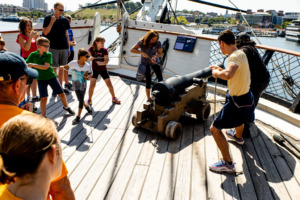
Take part in the canon firing aboard the Constellation.
Explore the four decks of this ship and their different purposes, including artillery storage, crew quarters and sailing operations. While onboard, talk to a crew member, participate in the Parrott rifle drill or help the crew weigh anchor by turning the capstan. And don’t be alarmed if you hear the cannon fire around 12 p.m.!
USS Torsk
History
The USS Torsk was commissioned by the United States Navy on December 16, 1944 and launched at Portsmouth Navy Yard in New Hampshire. This Tench Class submarine is famous for sinking the last enemy ships of WWII. Following World War II, USS Torsk alternated between time as a training boat at the Navy’s Submarine School in New London, CT and active deployments in the Atlantic and Mediterranean.

The Torsk is docked right next to the Chesapeake, in front of the National Aquarium.
Fun Facts
- On August 14, 1945, USS Torsk sunk the last enemy ship defeated by the United States Navy during World War II.
- The Torsk has been in Baltimore, as a memorial and historic site, since 1972.
- Torsk’s logo was redesigned in the 1950s by artists from Walt Disney Company. The logo is visible today on the sail.
What to Do

See all the bells and whistles that made up the Torsk as they would have been when it was in operation.
Tour the torpedo rooms, the navigation station, the operation station, the engine room, the crews mess and crew berthing areas. To get an in-depth look at life on a submarine, sign up for an overnight adventure on the Torsk.
WHEC 37
History
Designed for law enforcement missions, search and rescue, and maritime patrol, U.S. Coast Guard Cutter WHEC 37 was built in the mid-1930’s. Cutter 37 is the last remaining ship that fought in the attack at Pearl Harbor. After serving for more than 50 years, the ship was decommissioned in 1986 and designated a National Historic Landmark in 1988.
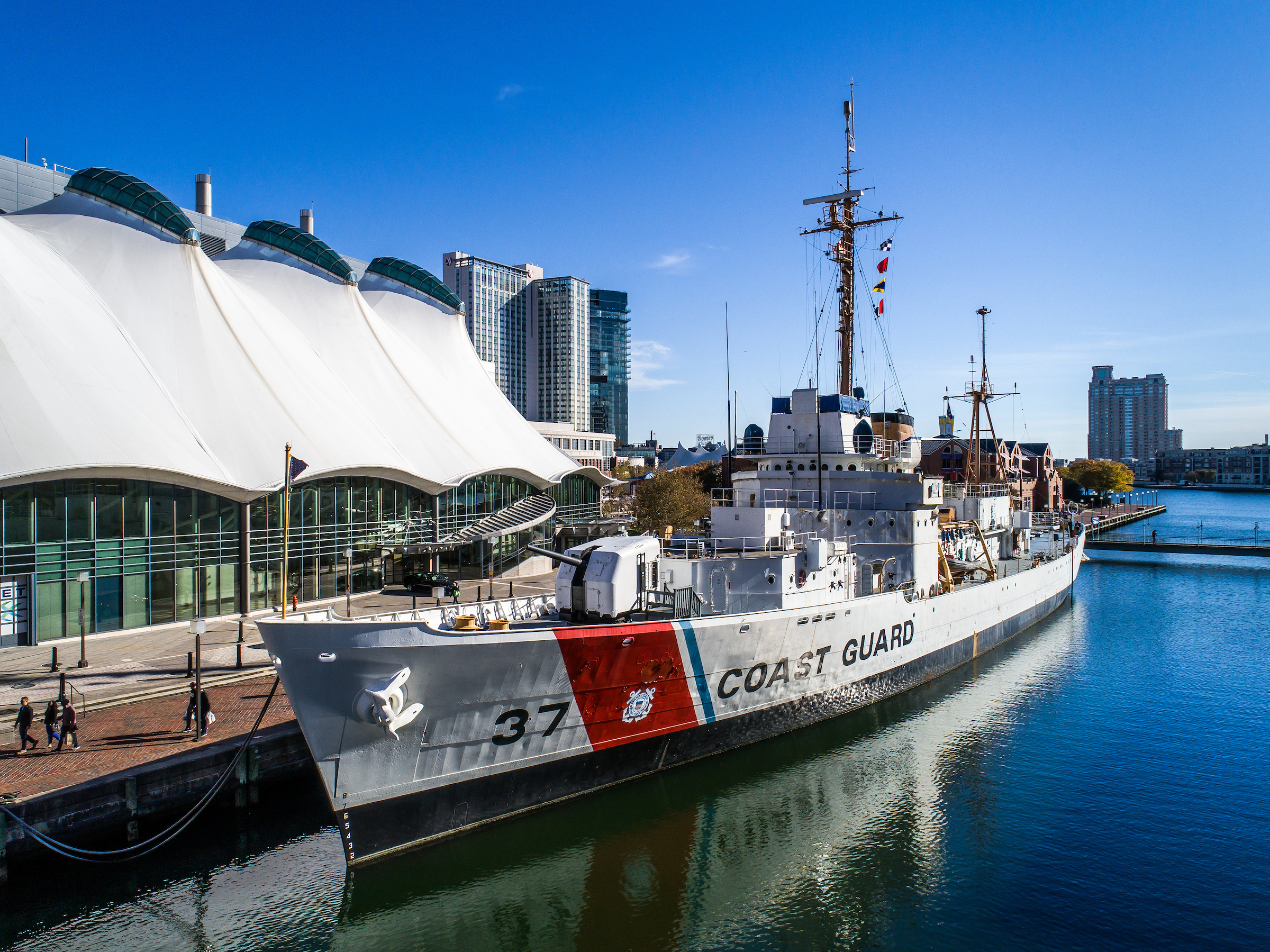
The WHEC 37 is referred to by its hull ID, which stands for High Endurance Cutter.
Fun Facts
- Cutter 37’s keel was laid—nautical speak for the beginning of the building process—in 1935 in Philadelphia.
- By the late ‘60s, Cutter 37 was the only remaining ship at Pearl Harbor that was still in commission, earning her the nickname “The Last Survivor of Pearl Harbor.”
- Cutter 37’s duties have ranged from search and rescue to hurricane hunting to drug busts, including delivering medicines and medical personnel for civilian aid during Operation Market Time in Vietnam.
What to Do
Hop aboard the WHEC 37 to explore the deck to the bridge, as well as the berthing areas, mess deck and the wardroom (officer’s quarters) below deck. A new collection of artifacts, donated by a former crew member, is now on display in crew’s berthing, as well as an interactive experience that allows you to walk in the paw prints of Soogie, the ship’s mascot dog during World War II. Once you’re done, walk just a few feet over to the National Aquarium to see some of the majestic marine life.
LV116 Chesapeake
History
Lightship 116 (LV116) Chesapeake was completed in 1930 and helped light the way for other vessels, patrolling, inspecting and guiding maritime traffic. Built in South Carolina and first stationed at the Fenwick Island Shoal Station in Delaware, LV116 was designed for a crew of 16 men. By the late ‘60s, evolving technology began to outstrip lightships like the Chesapeake. She was acquired by the National Park Service in 1971 and has been in Baltimore since 1982.
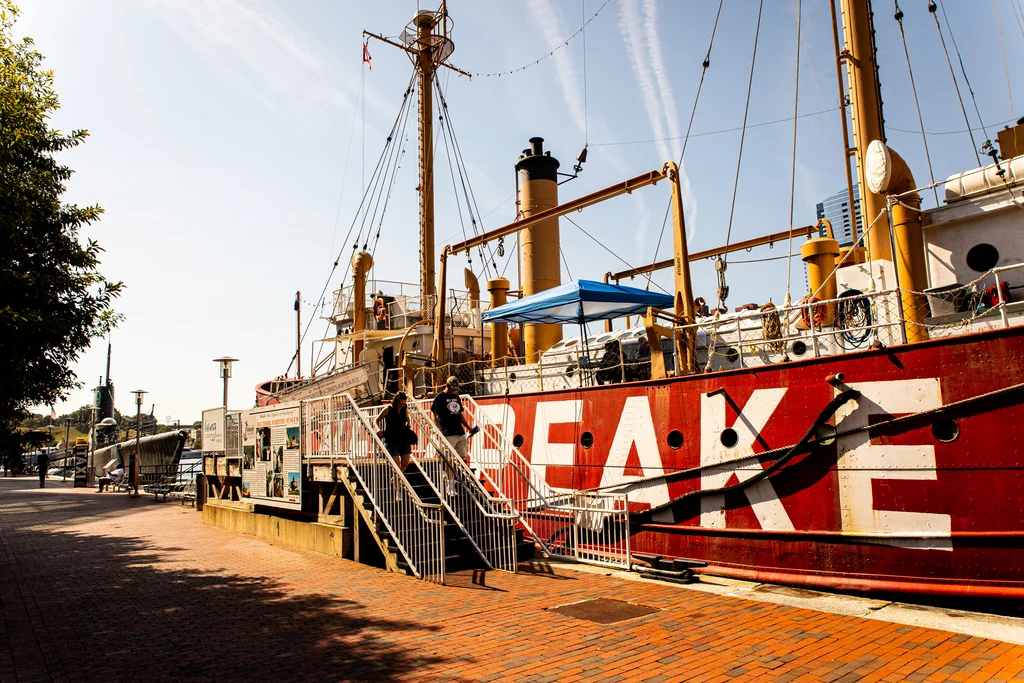
The Chesapeake was considered among the most advanced ships of the time when it was built in the 1930s.
Fun Facts
- Though considered one of the most stable, strong lightships, there were two noted times when the Chesapeake withstood hurricane winds so strong, the anchor chain broke.
- She patrolled the waters of the Chesapeake Bay and the Cape Cod Canal.
- After she was officially retired, Lightship 116 was moored on the Potomac River and open to the public as an environmental education site before being relocated to Baltimore.
What to Do
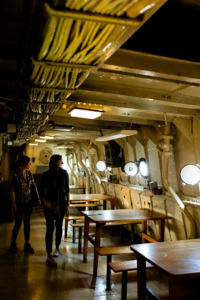
Experience what life was like for those who lived on these historic ships.
While on board, learn about navigation aids and how to signal ships at sea. Plus get a peek at the crew’s quarters, the engine room fiddly and the windlass room. Want a different view of the ship? Take a ride on the Chessie Paddle Boats!
Seven Foot Knoll Lighthouse
History
 Manned initially by the U.S. Lighthouse Service, and later, the U.S. Coast Guard, Seven Foot Knoll Lighthouse was an isolated station that was used as a general aid for the navigation of ships. Built in 1856, this lighthouse is one of the oldest Chesapeake lighthouses still in existence. Its original operations eventually ceased in 1948.
Manned initially by the U.S. Lighthouse Service, and later, the U.S. Coast Guard, Seven Foot Knoll Lighthouse was an isolated station that was used as a general aid for the navigation of ships. Built in 1856, this lighthouse is one of the oldest Chesapeake lighthouses still in existence. Its original operations eventually ceased in 1948.
Fun Facts
- The lighthouse keepers were required to keep the lamp lit from sundown to sunrise each day.
- In times of fog, the fog bell had to be sounded continuously which required winding the station’s bell machine every 45 minutes until the fog lifted.
- During the late 19th Century, at least two keepers had their families with them at the lighthouse, a practice that was not permitted by the government.
What to Do
The lighthouse contains an extensive exhibit of artifacts and information on lighthouses around the Chesapeake region, plus it offers an amazing view of the Inner Harbor.
